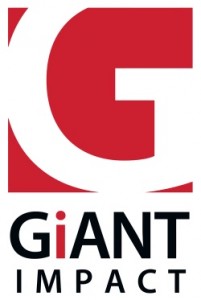TCU is on a roll. It has been recognized by U.S. News as one a top 100 colleges in America. Its athletics’ teams are generally among the top teams in Division I college sports. More recently the Chronicle of Higher Education named TCU as one of the “43 best colleges to work for.” I could go on.
This is no accident. TCU has benefitted from having a string of great leaders over recent decades. These leaders developed a vision for the school that inspired the TCU community. They raised money to fund a sizable endowment that gives the school financial flexibility to weather the ups and downs of the economy. They improved campus infrastructure. They invested in identifying and attracting the best “teacher-scholars” who love teaching and connecting with students and also share a passion to advance the pursuit of truth through research and scholarship.
The current leader of TCU, its chancellor, Victor Boschini, is an impressive leader. He’s brimming with energy and optimism while being grounded in reality. He combines a passion for excellence in tasks and in relationships (Boschini refers to fundraising as “friend-raising.”) He’s curious, always seeking people’s opinions and tapping their knowledge. He has surrounded himself with a team that has the energy and intelligence I can only compare to the White House staff in Aaron Sorkin’s West Wing.
At present, Boschini’s focus is to strengthen TCU’s culture of unity, community and connection. This is one reason I’m thrilled as a parent that my daughter Sarah is a junior at TCU, and beginning next Fall, my youngest daughter, Elizabeth, will be a freshman there. Sarah is co-captain of TCU’s cheerleaders. She describes TCU as “a small school with big spirit.” Like many students at TCU, she’s involved in the local community. Sarah is the cheerleading coach of Nolan Catholic High School where she coaches and mentors girls to develop their competence as student-athletes and their character as human beings.
Culture and leadership matter. Most academic cultures are indifferent to students as human beings. Not TCU. That’s why I’m writing an article about TCU and spending a healthy sum to send my daughters there. My hope is that more colleges will become Connection Cultures, especially during this time when research shows college freshman are experiencing record levels of stress according to recent research by UCLA.
To learn more about Victor Boschini, check out this great article entitled “Far from Normal” written when he was appointed chancellor and this inspiring convocation speech he gave earlier this year on TCU’s Connection Culture.
Another leader to keep your eyes on is Dr. Ronald DePinho, president of the University of Texas’ M.D. Anderson Cancer Center. Dr. DePinho has declared that M.D. Anderson, the world’s largest cancer center, is “in a moonshot moment” in the war on cancer. Take a look a at this inspiring article about him entitled, “Leader in Cancer Fight, and Son of an Illegal Immigrant.” My prediction: an highly-motivated leader who knows how to connect with people + the competence and resources at M.D. Anderson = very big things in the years to come. (Full discosure: Both TCU and M.D. Anderson are clients of my leadership training and consulting firm, E Pluribus Partners.)
Finally, Ruth Simmons, president of Brown University, is yet another leader who looks promising based on what I’m reading. Check out this great interview she did with The New York Times entitled “I Was Impossible, but Then I Saw How to Lead.“







